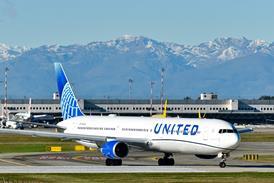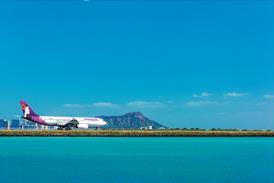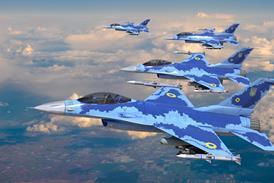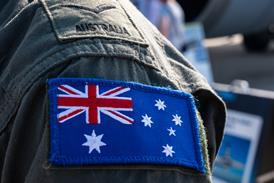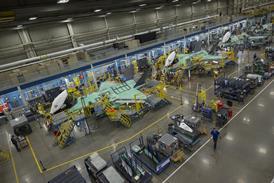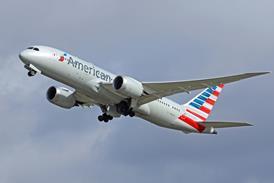The US Air Force may set a temporary altitude restriction to lift a grounding order on the Beechcraft T-6A Texan II after the fleet of primary trainers became the latest military aircraft type to cause pilots to experience a rash of hypoxia-like symptoms, a top US Air Force official informed Congress on 6 February.
The interim solution could involve disconnecting the CRU-60/B connector device on the oxygen mask from the onboard oxygen generation system (OBOGS) and requiring the flight crews to fly at altitudes that maintain an ambient air pressure from 6,000ft to 7,000ft in the cockpit, Lt Gen Mark Nowland, deputy chief of staff of operations, told a House armed services subcommittee.
In the long-term, USAF investigators suspect the oxygen problem for T-6A pilots can be eliminated by providing better instructions for the aircraft’s maintainers, Nowland says.
The USAF has never developed standardized manuals – or time compliance technical orders (TCTOs) – for the system that draws bleed air from the engine’s compressor to pressurise the cabin, cool the avionics and supply concentrated oxygen to the pilot, he adds.
The USAF’s training command is scrambling to lift the grounding order on its primary trainer aircraft fleet as soon as possible, with 700 critical training sorties for new pilots canceled each day as the service copes with a severe pilot shortage.
The T-6A is only the latest USAF fleet type linked to groundings caused by complaints from pilots experiencing physiological episodes, including hypoxia-like symptoms. Similar issues have caused limited groundings with Fairchild Republic A-10s, Lockheed Martin F-35As and Lockheed F-22As. A similar phenomenon has rattled US Navy pilots for the Boeing T-45 Goshawk, F/A-18E/F Super Hornet and EA-18G Growler fleets.
The spreading nature of the problem has frustrated lawmakers, who intervened after a group of USN T-45 instructor pilots refused to fly last April in protest over a perceived lack of responsiveness from Naval Air Systems Command.
A long-term solution to the problem remains elusive, as exhaustive military research has failed to determine a common primary cause for the physiological episodes. Navy and Air Force teams are now instrumenting the pilots rather than the systems, suspecting the primary cause is an interaction between the human body and the aircraft’s breathing apparatus for pilots. So far, data has been collected from only a few instrumented flights.
Source: FlightGlobal.com

